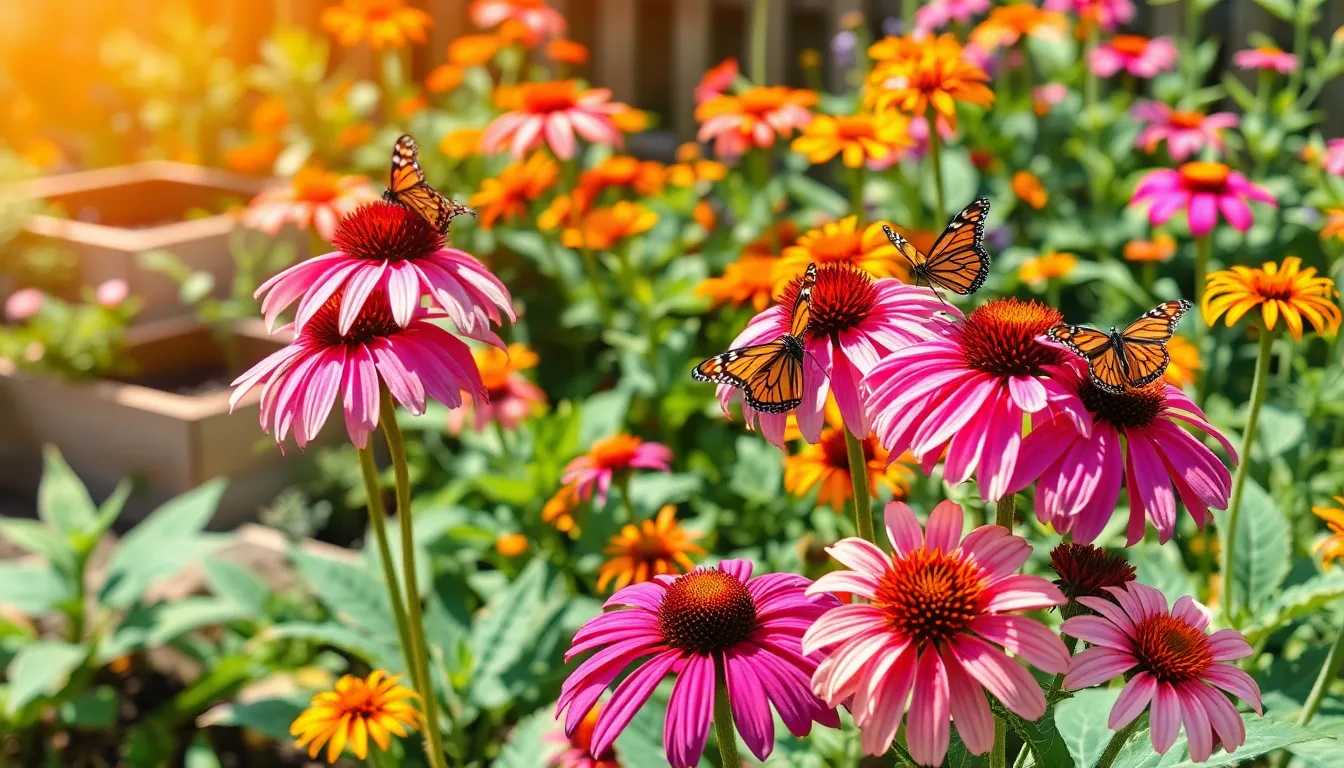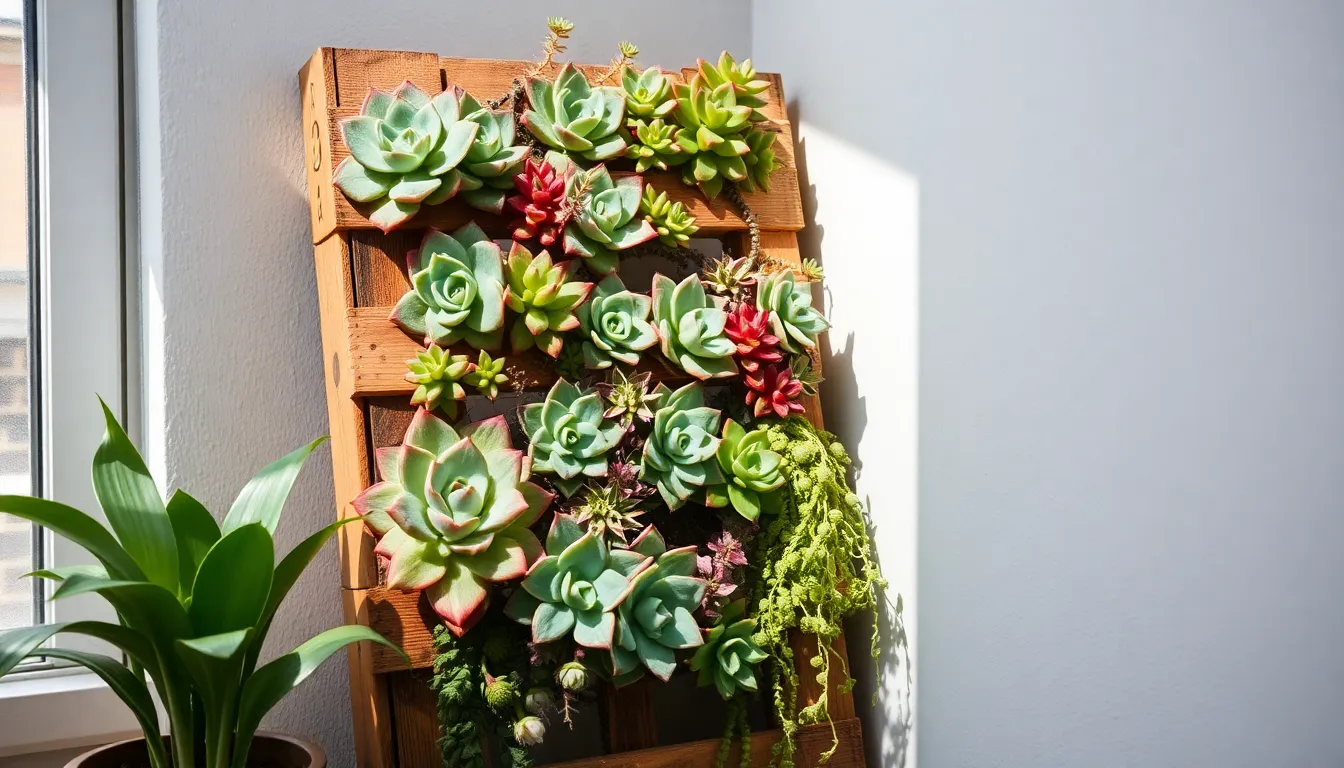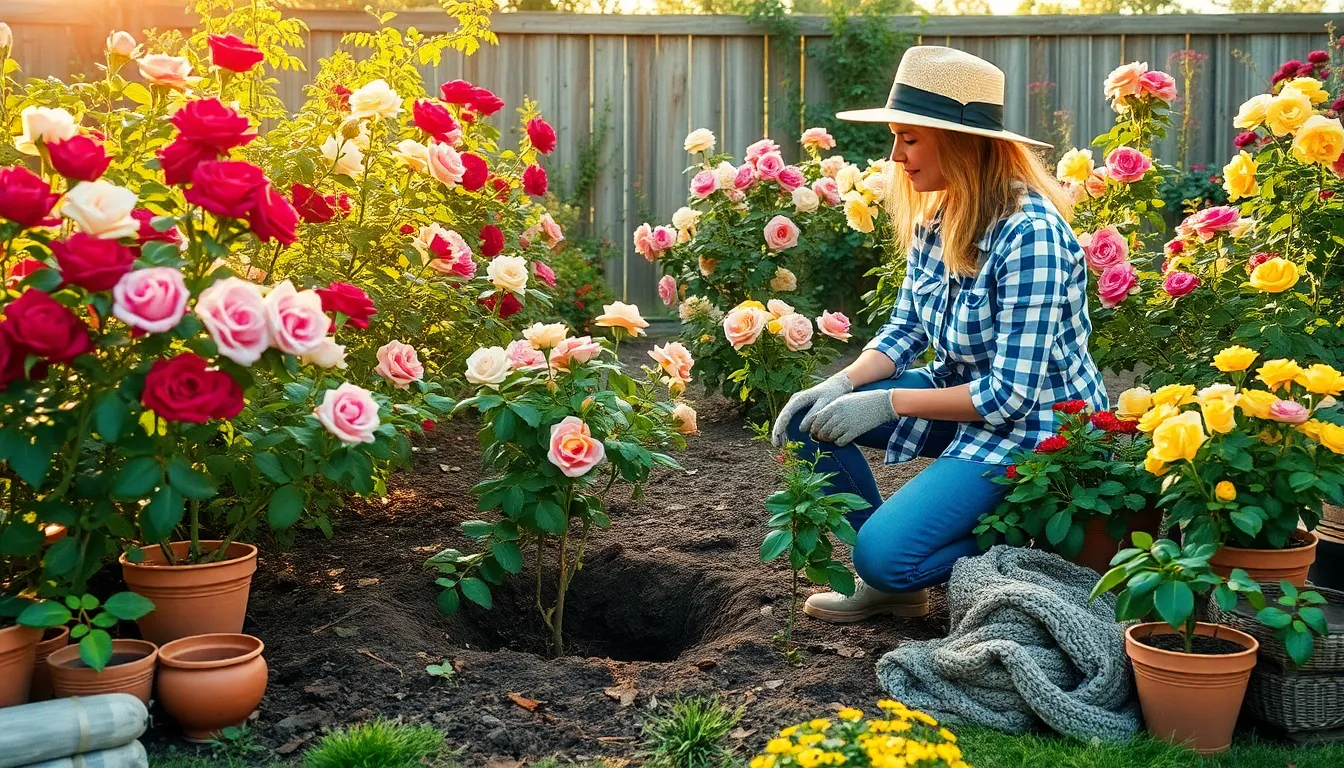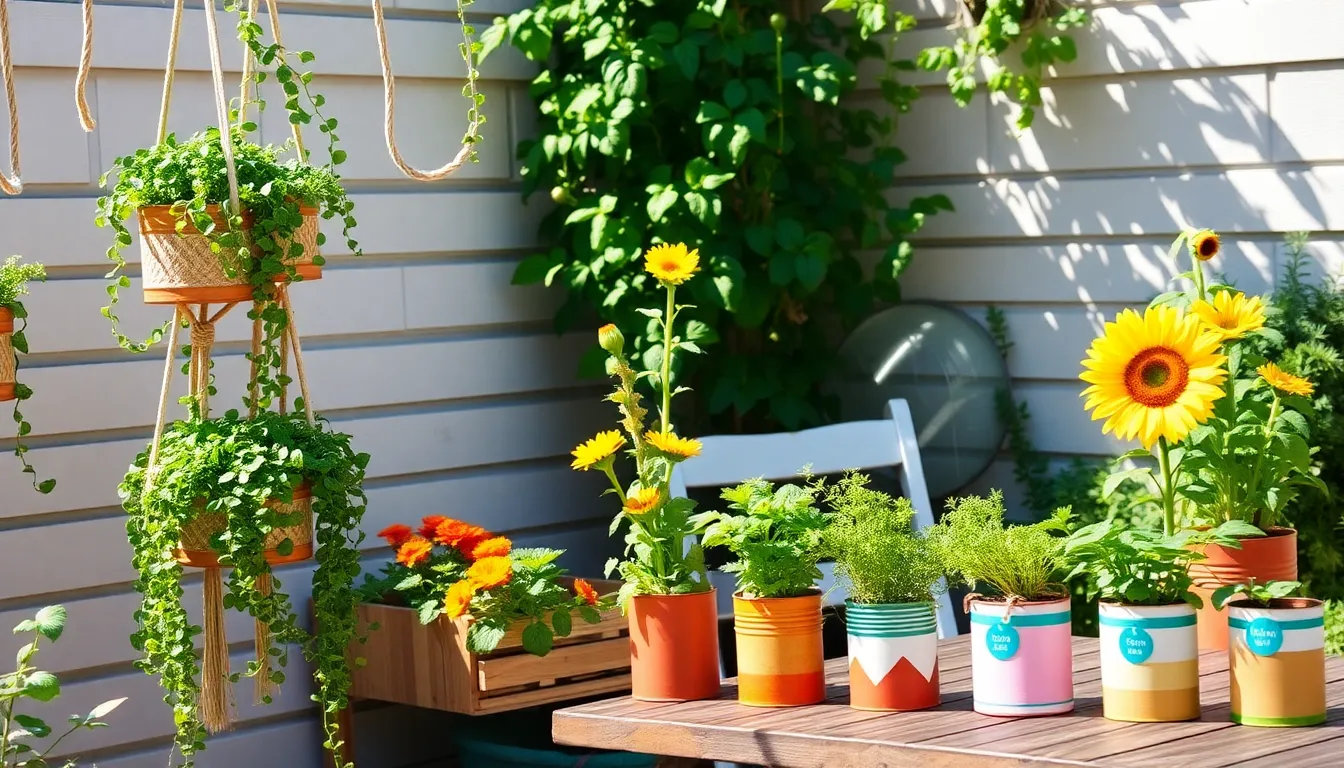Imagine stepping into your backyard, where a vibrant dance of iridescent wings greets you, transforming your garden into a living canvas of color and motion. Creating a butterfly garden isn’t just about adding beauty; it’s a wonderful way to support local ecosystems and provide essential habitats for these delicate pollinators that play a crucial role in our environment. Whether you’re a seasoned gardener with a flourishing green thumb or just beginning to explore the joys of planting, building a butterfly haven offers a rewarding challenge with countless benefits.
In this article, you’ll discover the secrets to attracting a variety of butterfly species to your garden with thoughtfully chosen plants and strategic garden design. We will guide you through selecting native plants that cater to both adult butterflies and their caterpillars, ensuring your garden becomes a sanctuary for every stage of their life cycle. You’ll also learn practical tips on garden layout, plant care, and sustainable practices to keep your butterfly garden thriving throughout the seasons. By the end of this guide, you will be well-equipped to create a breathtaking butterfly garden that delights the senses and nurtures nature’s most enchanting creatures.
Select Native Butterfly Plants
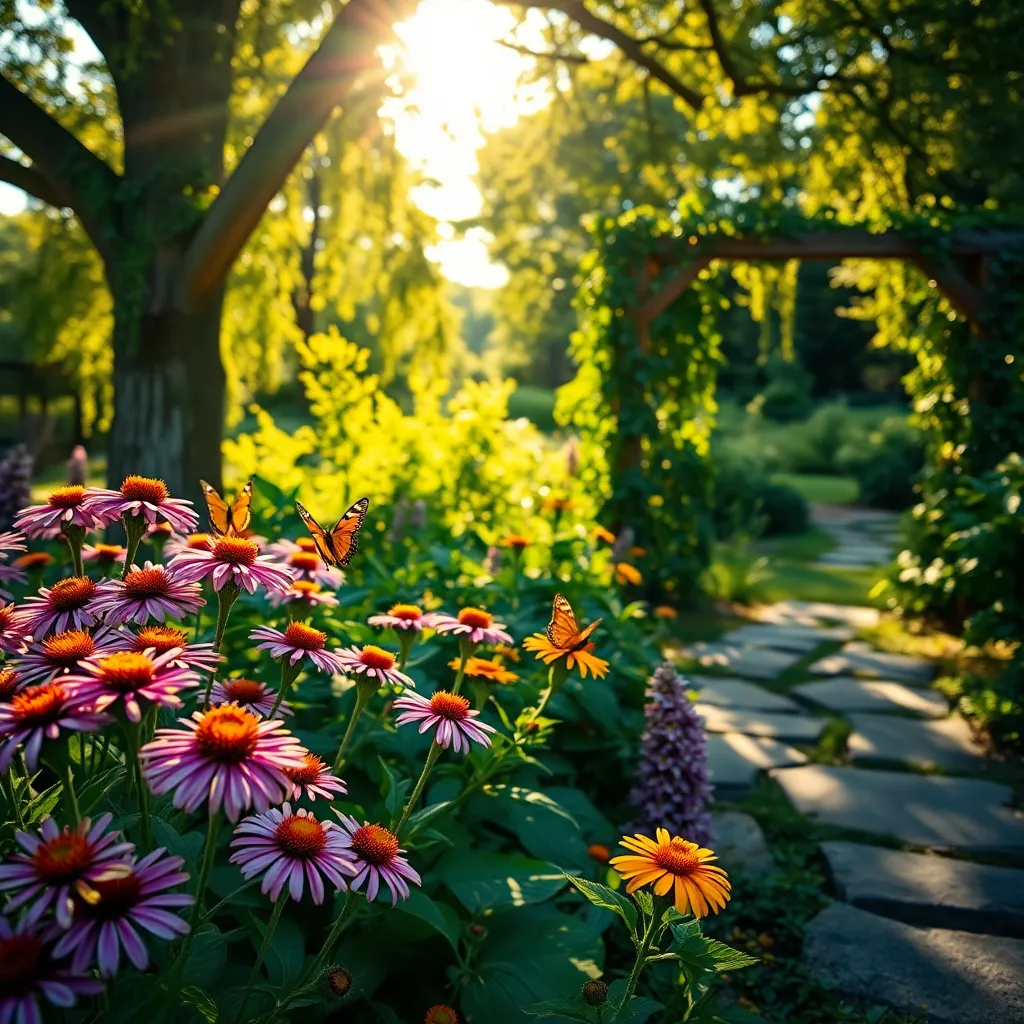
Choosing native plants for your butterfly garden is essential for supporting local butterfly populations. Native plants are well-adapted to your region’s climate, requiring less water and maintenance once established.
Milkweed (Asclepias spp.) is a must-have for any butterfly garden, as it serves as the primary host plant for monarch butterflies. Plant milkweed in a sunny location with well-drained soil, and water it regularly until it’s established.
For those looking to add vibrant colors, coneflowers (Echinacea spp.) are an excellent choice. These perennials thrive in full sun and can tolerate a variety of soil types, making them an easy option for both beginners and experienced gardeners.
Consider incorporating bee balm (Monarda spp.) to attract a wide range of pollinators. Plant bee balm in a spot with full sun to partial shade, and ensure the soil remains consistently moist for optimal growth.
Design a Sunlit Garden Layout
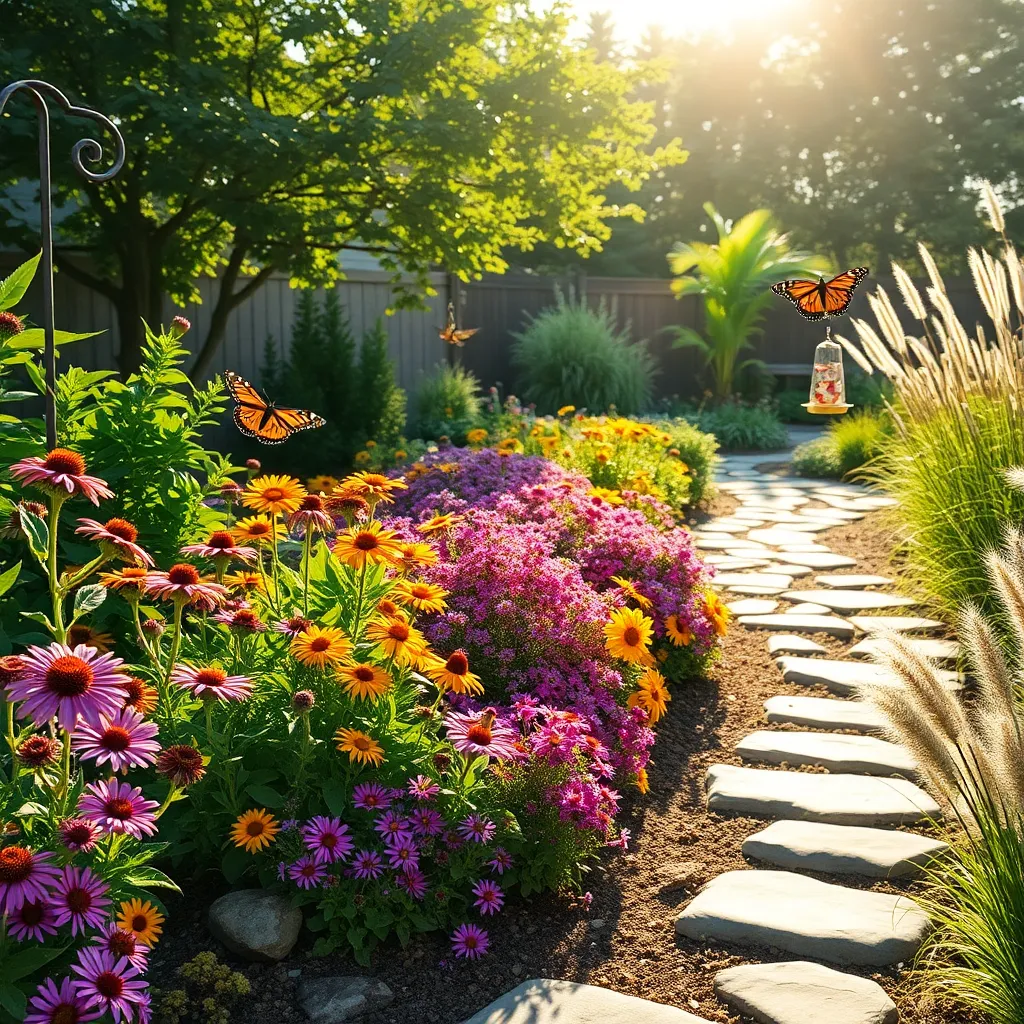
Designing a sunlit garden layout is essential for a thriving butterfly habitat. Begin by assessing the amount of sunlight your garden receives throughout the day, as most butterfly-friendly plants require at least six hours of direct sunlight.
Position taller plants, such as sunflowers or Joe-Pye weed, at the back of your garden layout. This ensures they don’t overshadow smaller plants while providing a natural backdrop and additional shelter for butterflies.
Incorporate a mix of both nectar and host plants to attract a wide variety of butterflies. Nectar plants like zinnias and coneflowers provide food for adult butterflies, while host plants such as milkweed cater to caterpillars.
Consider the soil type in your garden, aiming for well-draining soil that retains some moisture. Amend the soil with organic matter like compost to improve its quality, which will support healthy plant growth and attract more butterflies.
Prepare Well-Draining Soil
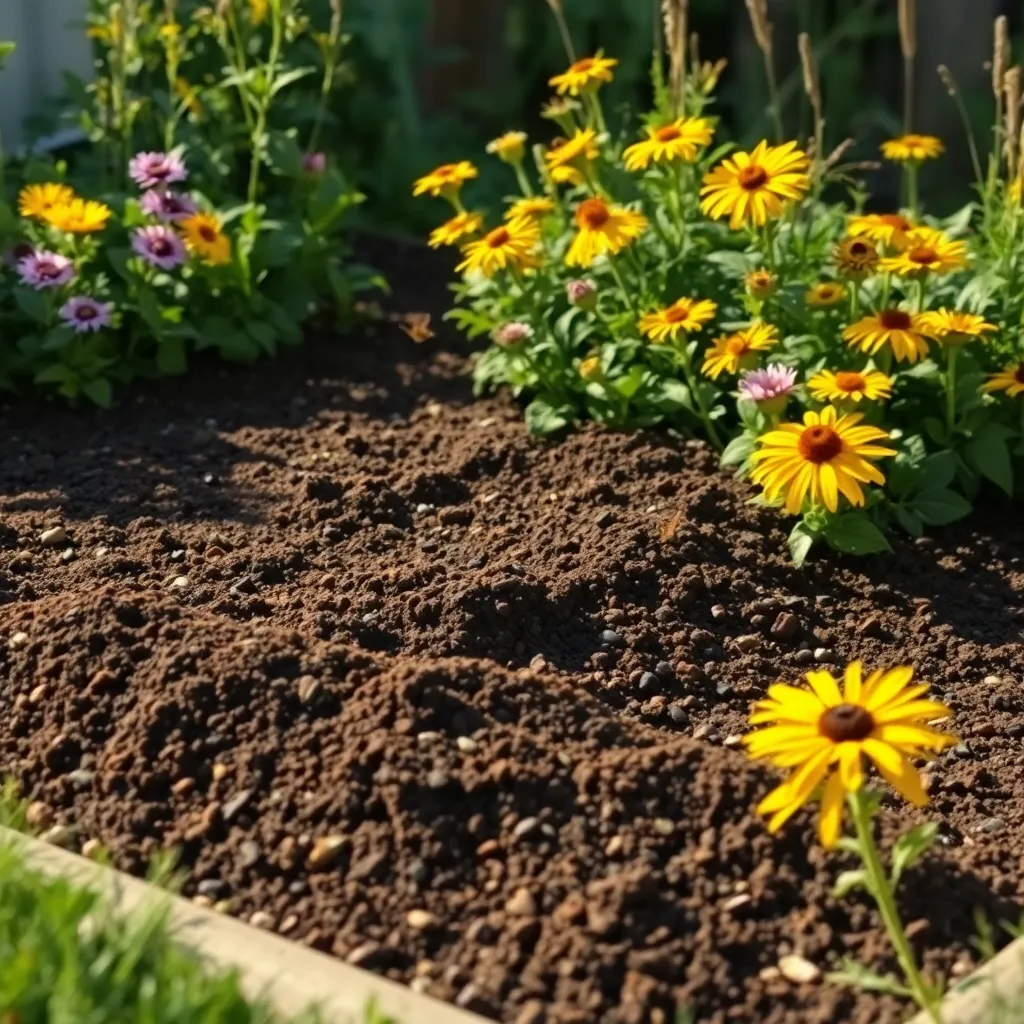
To attract butterflies, it’s essential to prepare well-draining soil, which is crucial for healthy plant growth. Begin by selecting a location with loamy soil, as it offers a good balance of sand, silt, and clay, promoting excellent drainage.
In areas where the soil is clay-heavy, consider amending it with organic matter such as compost or well-rotted manure. This addition will improve soil aeration and drainage, creating a more hospitable environment for butterfly-friendly plants.
For a beginner-friendly solution, use a mix of 50% garden soil, 25% sand, and 25% organic compost. This combination not only enhances drainage but also provides essential nutrients for plants to thrive.
Experienced gardeners might opt to test their soil before planting, ensuring the pH is between 6.0 and 7.0, ideal for most butterfly-attracting plants. Adjust the pH by adding lime to raise it or sulfur to lower it, ensuring a balanced environment for your garden’s needs.
Plant Nectar-Rich Flowers
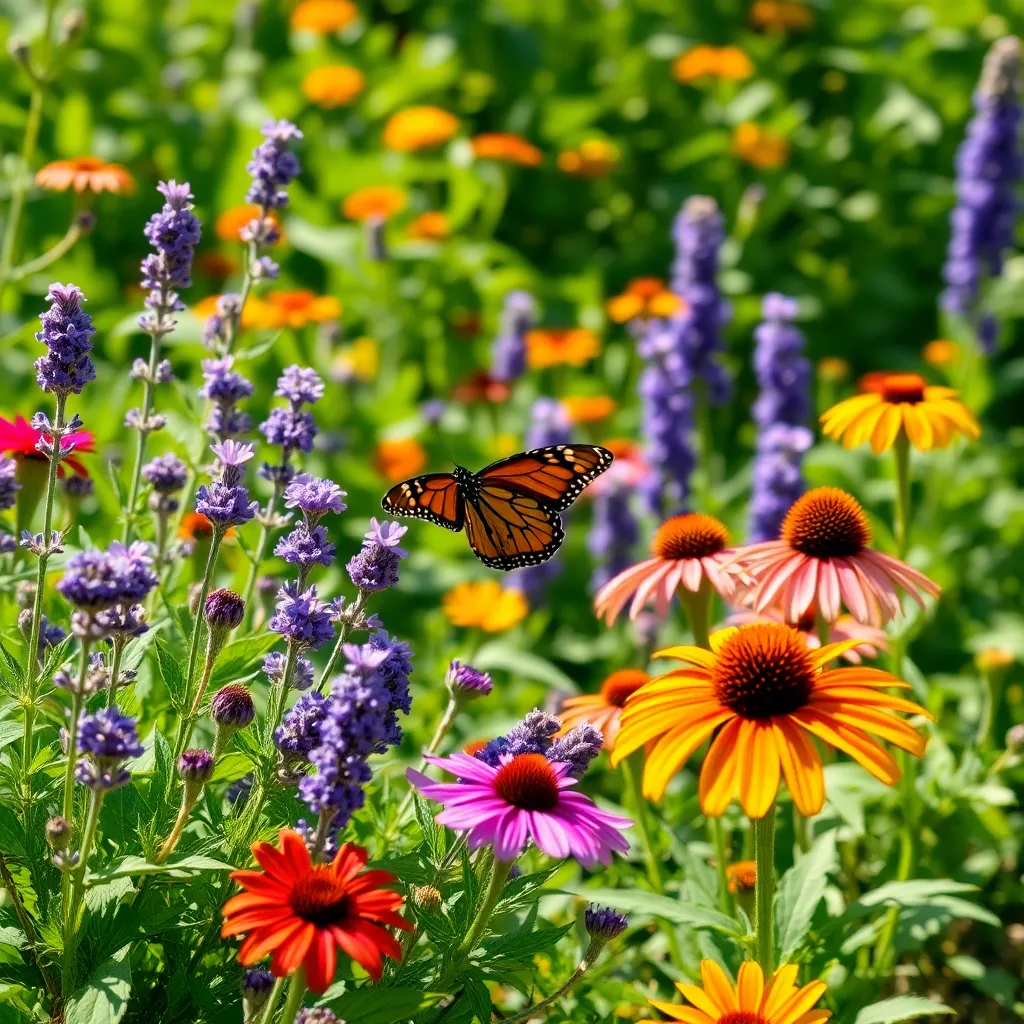
To attract butterflies, planting nectar-rich flowers is essential for your garden. Choose varieties that bloom at different times throughout the season to ensure a continuous food source for these beautiful insects.
Lavender, coneflowers, and salvias are excellent choices for a butterfly garden due to their high nectar content. These plants thrive in well-draining soil, similar to what you prepared in the previous section, and require full sunlight to flourish.
Water these plants deeply but infrequently, allowing the soil to dry slightly between waterings to prevent root rot. As these flowers establish, consider applying a balanced fertilizer in early spring to encourage robust growth and abundant blooms.
For those with more experience, try planting a mix of native and non-native nectar-rich varieties to increase biodiversity. Native plants often require less maintenance and are better adapted to local climates, offering an easier option for sustainable gardening.
Install Water and Shelter Features
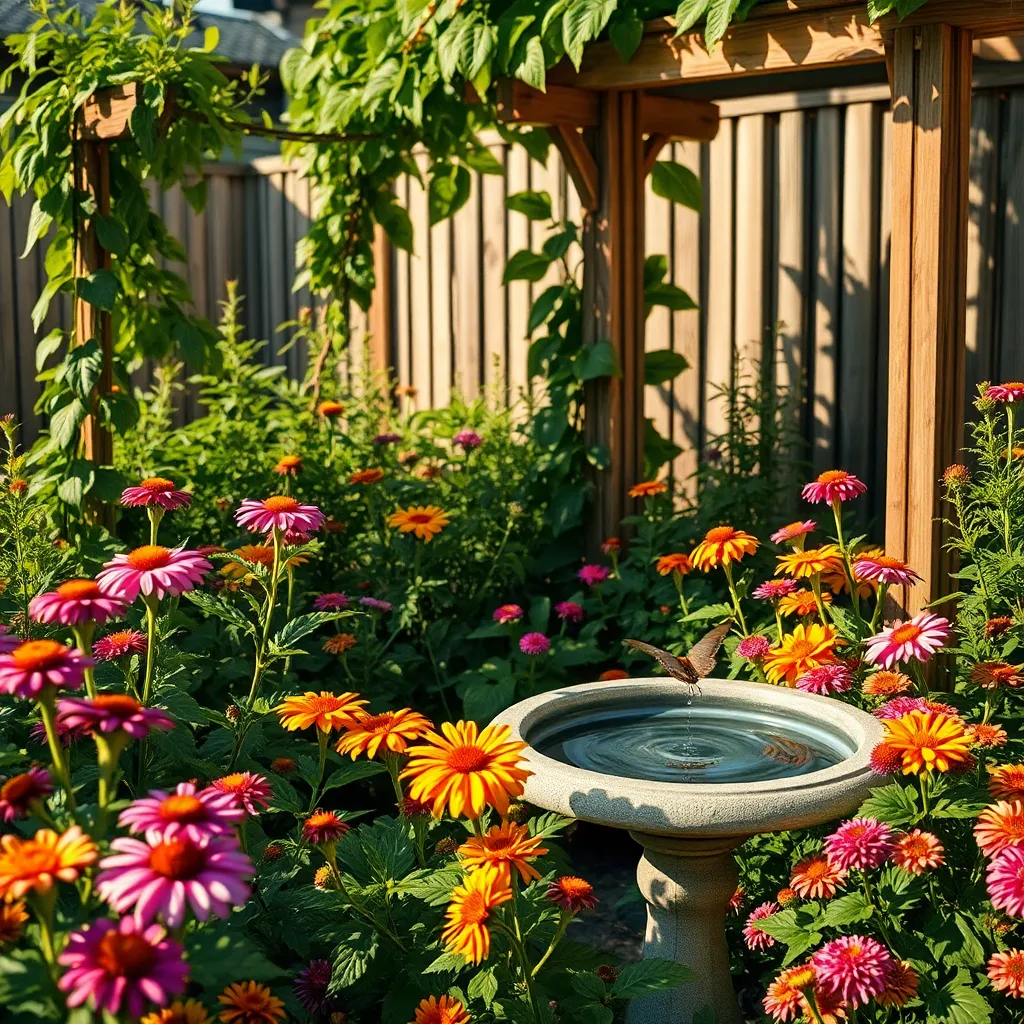
To attract and keep butterflies in your garden, it’s essential to install water and shelter features. Butterflies need shallow water sources for hydration and places to hide from predators and harsh weather conditions.
Consider setting up a butterfly puddling station by filling a shallow dish with wet sand and small stones. This provides not only water but also essential minerals that butterflies require for their survival.
For added protection, incorporate shelter plants or structures like small shrubs or decorative garden rocks. These features offer butterflies a safe haven to rest and escape rain or wind.
When it comes to water features, it’s crucial to keep the water fresh and shallow to prevent drowning. Change the water frequently and place your water feature in a sunny spot to attract more butterflies.
Conclusion: Growing Success with These Plants
In the delightful journey of creating a butterfly garden in your backyard, we explored five essential relationship concepts to nurture both nature and human connections: the importance of understanding diverse needs, creating a welcoming environment, patience in growth, mutual benefits of coexistence, and the lasting impact of nurturing bonds. Just as a butterfly garden thrives with thoughtful planning and care, so too do our personal relationships flourish when we invest time and effort into understanding and supporting one another.
As an immediate next step, consider identifying one aspect of a key relationship in your life that could benefit from a little more attention or understanding. Whether it’s a heartfelt conversation or a small act of kindness, this action can plant the seeds for deeper connection and growth.
Remember, meaningful relationships, much like vibrant gardens, require ongoing care. Bookmark this article as your guide to cultivating relationships that blossom beautifully over time. As you venture forward, let this serve as a reminder that with patience and dedication, you can create a thriving environment where both nature and personal connections flourish. Let today be the day you take a step towards nurturing the gardens of your life.

